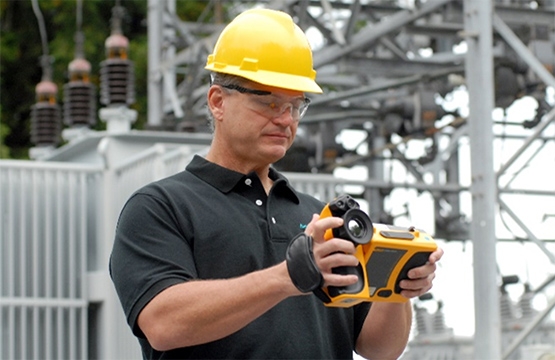

Who should be selected to become the company thermographer?
One of our favorite discussions in class is when we go around the room and do introductions. It’s during this time that people will state their reasons for coming to a training course. We have experienced a myriad of these reasons and want to share just a few of them with you.
Here is a short list of answers we typically get to the question “why did you come to infrared training?”
- “It pays more.”
- “Because (insert name here) retired/quit/didn’t want it anymore/died/was sick today/got promoted/lost the camera/got fired/screwed up/needed help.”
- “I want to do infrared when I retire next month.”
- Because I want to work with “so and so”.
- And our all-time favorite, “No one else wanted to come to the training.”
For the most part we all pick the type of work we get into and infrared shouldn’t be any different. Infrared technology is a component of predictive maintenance and, as such, should be viewed as part of a predictive maintenance career. We can say very few companies view predictive maintenance (including thermography, oil analysis, vibration analysis, etc.) as anything other than a “fill in” job for whoever will do it. It has been our experience when predictive technologies are treated with little to no respect, the program will eventually fail. We can understand asking an electrician or mechanic to sweep the shop. We see mechanics helping electricians and vice-versa. But no one would give an amp probe to a mechanical guy and say he should do electrical work. Well, maybe some people would, but we see predictive maintenance as a skill within itself.
When choosing a thermographer, the first thing to look for is a volunteer. The person doing infrared must want to do it or the job they do will not be very comprehensive. Infrared is not like most of the other predictive tools. Take vibration analysis or oil sampling. With these tools, a person would be competent enough, with just a little training, to go out and gather vibration data or samples of oil. But, in either case, it takes a trained and dedicated person to analyze the sample or data.
Infrared is fundamentally different from these other predictive tools. With infrared, the technician is in the field analyzing and only brings back data to report on. About the only time images are taken and later analyzed is when they are trending.
We have worked with companies in the past where an engineer would send out a person with just enough camera knowledge to take an image. That individual would then give the image to the engineer to analyze. This type of program can be riddled with pitfalls and not very effective in the long run.
A good thermographer will always be someone that wants to be a thermographer and has experience in the area that he or she will be inspecting. They will be well trained and have the support of their employer. A good thermographer will not let the fact that no one before them had ever tried to keep them from attempting it. These qualities cannot be forced upon a person. If they are “forced”, then one cannot expect that person to do a good job of it.